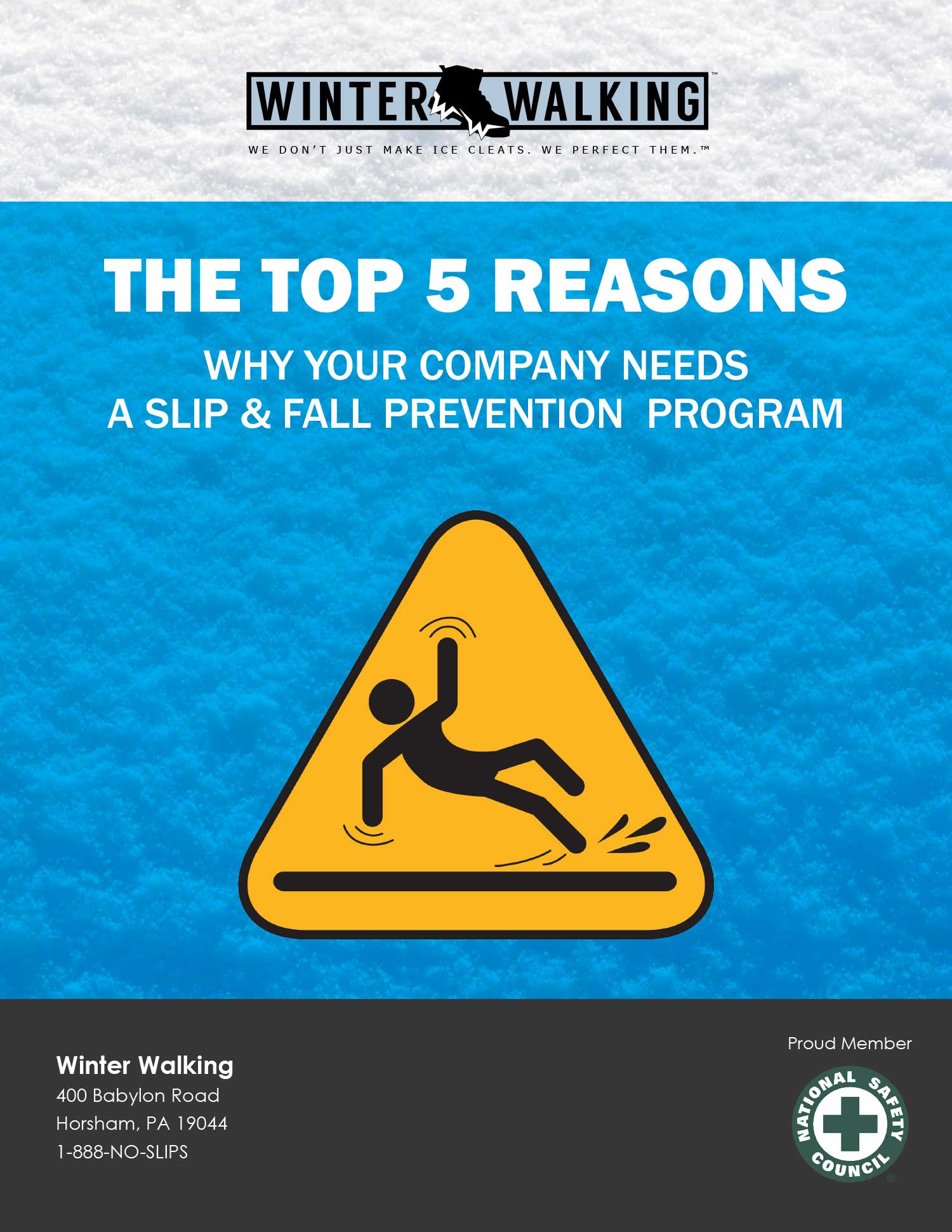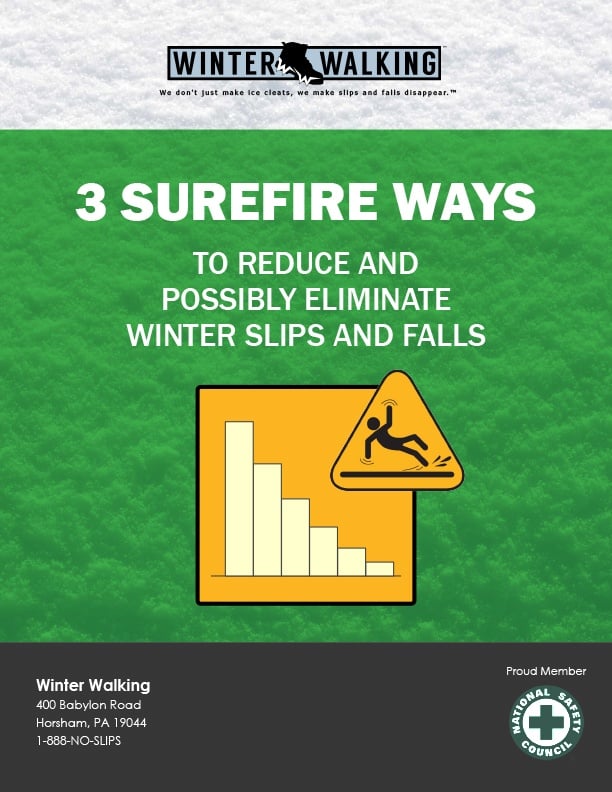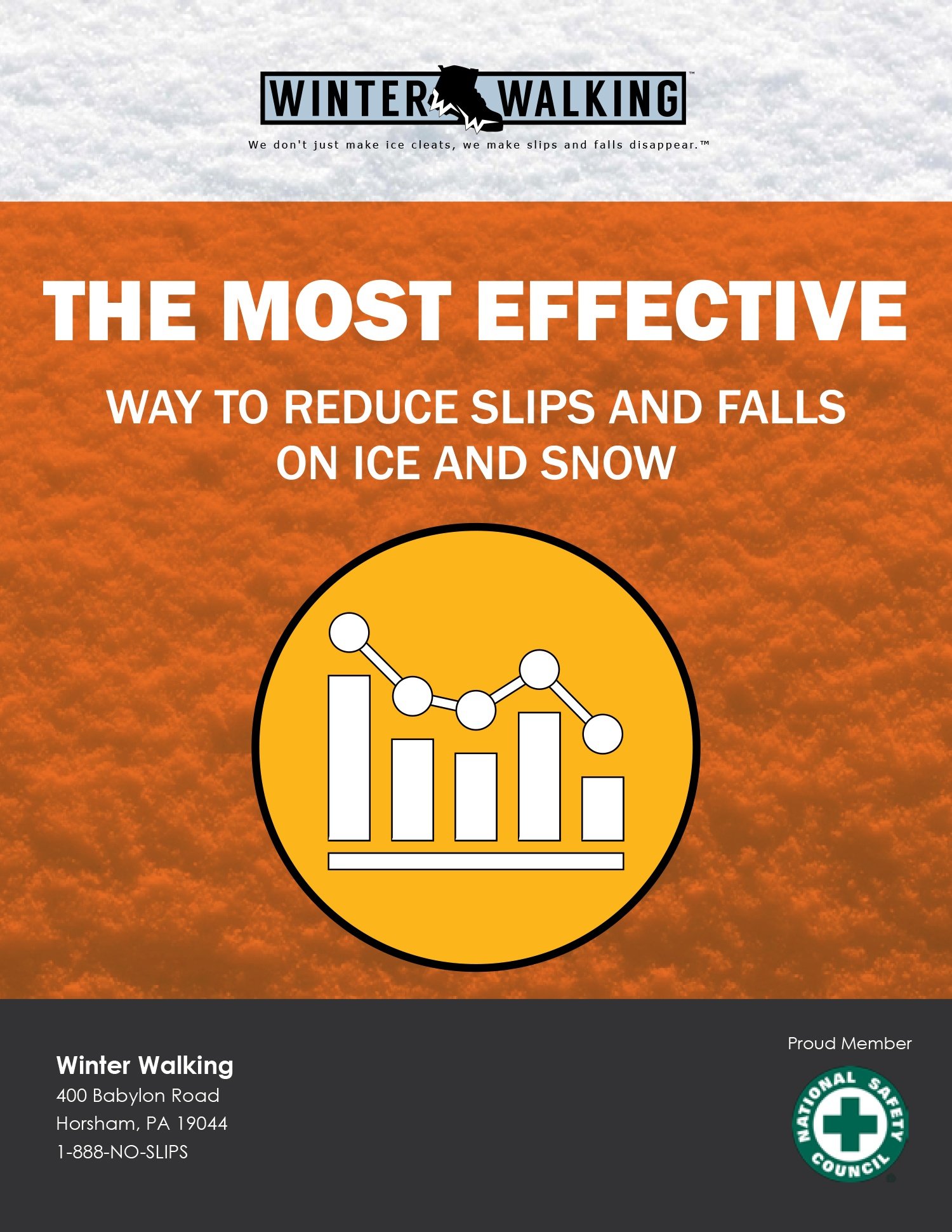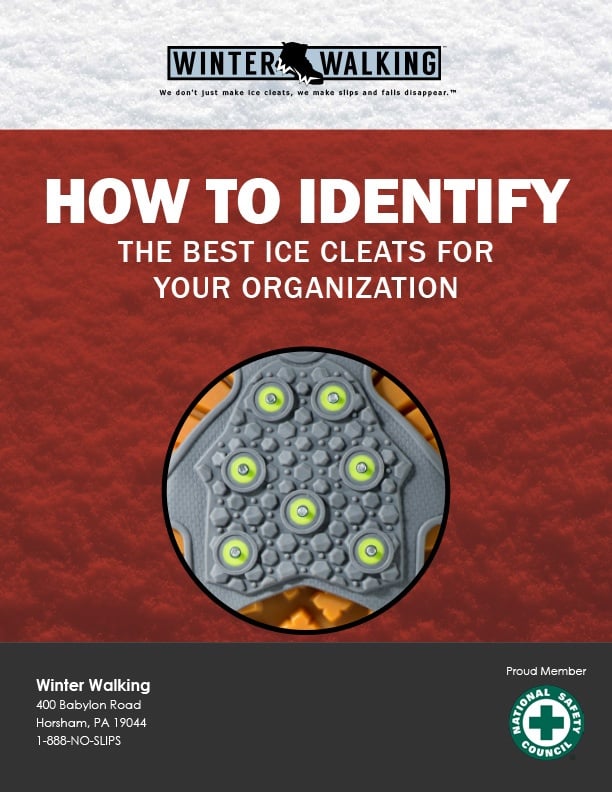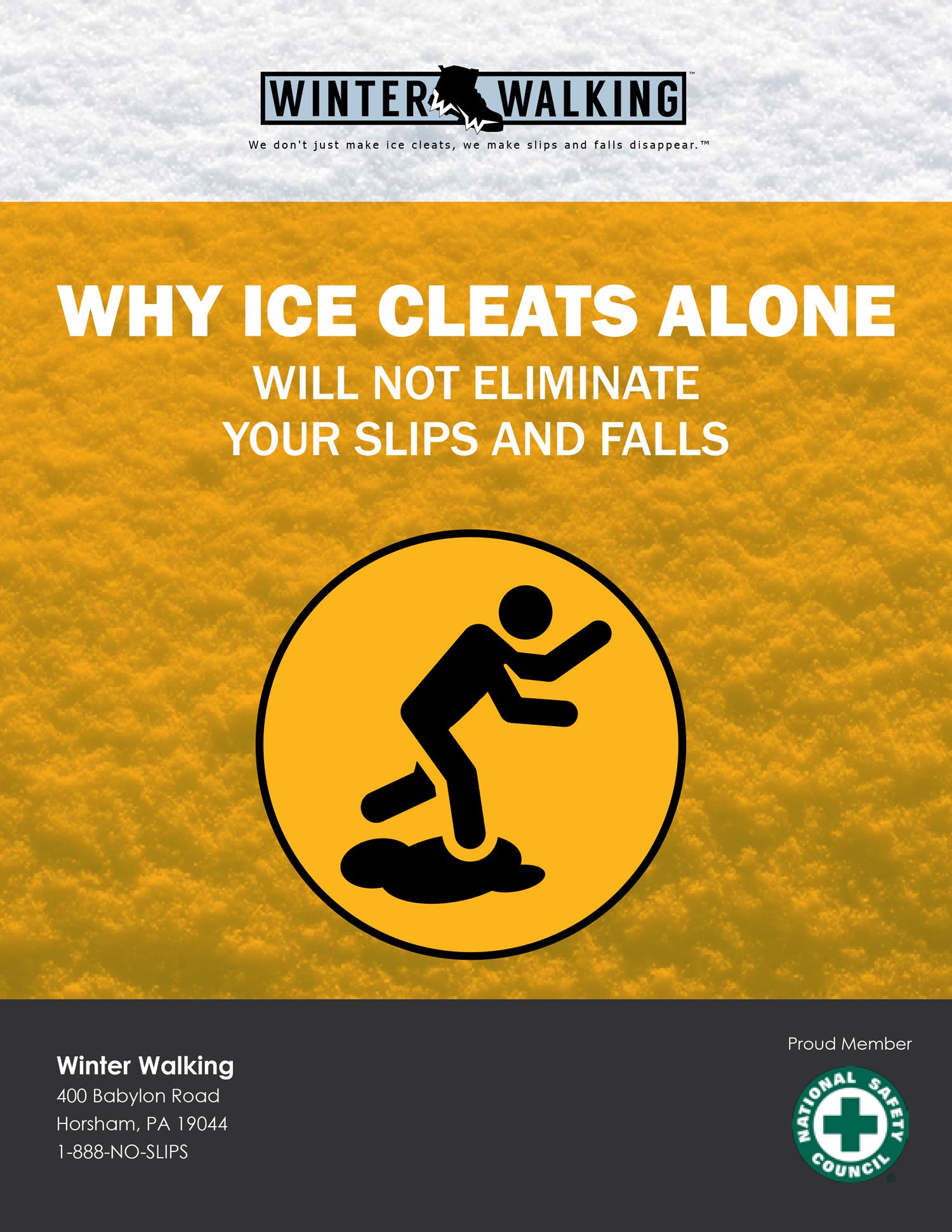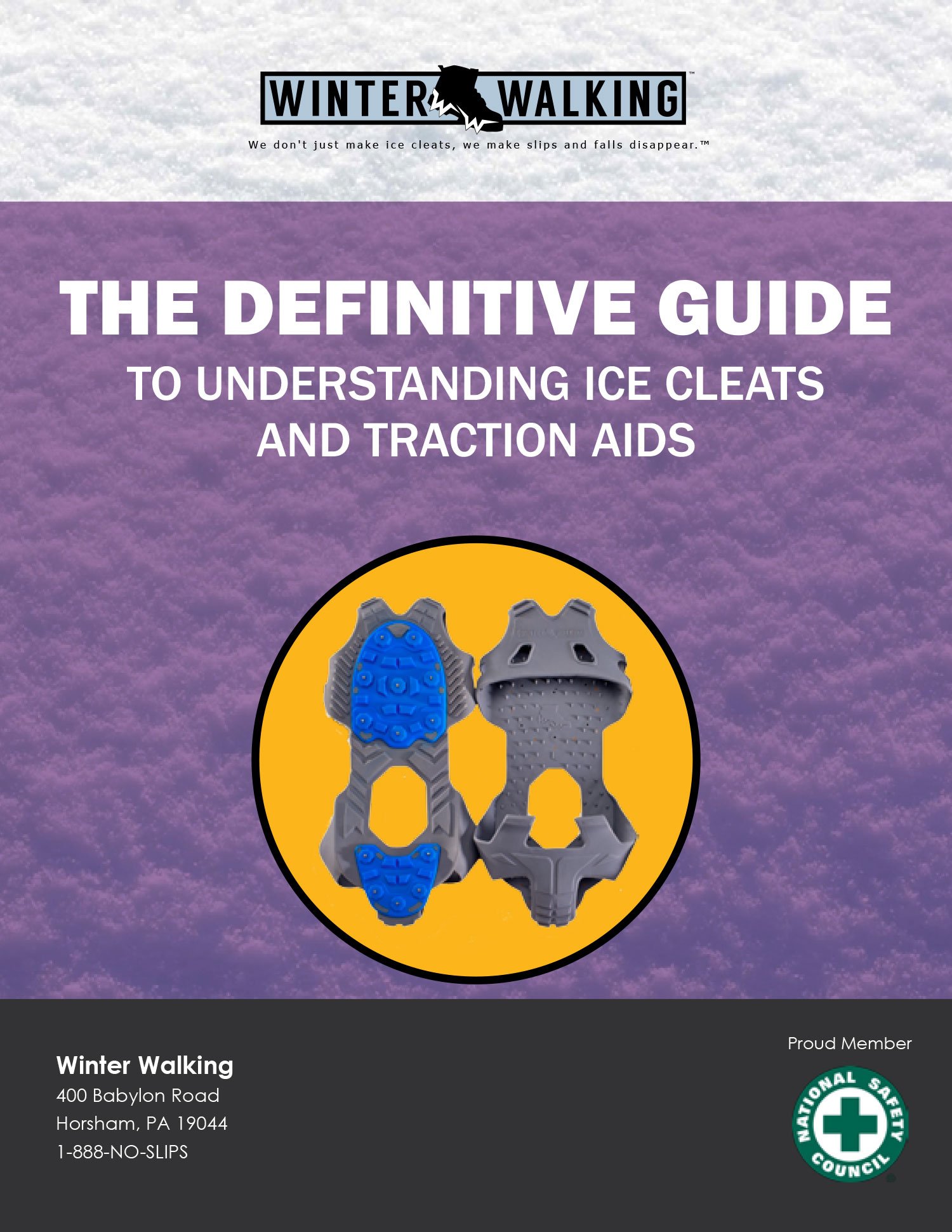It may seem odd that there are no standards for ice cleats and traction aids, especially when there are regulations for other types of PPE. However, the reason for this is that creating anti-slip regulations for ice and snow is extremely challenging. There are simply too many variables to consider when it comes to creating traction on these surfaces. For example, not all icy or snowy surfaces are the same, and there are different types of fall risk factors to consider, such as pure ice, intermittent ice, black ice, snow on top of ice, ice on top of snow, inclines, and declines.
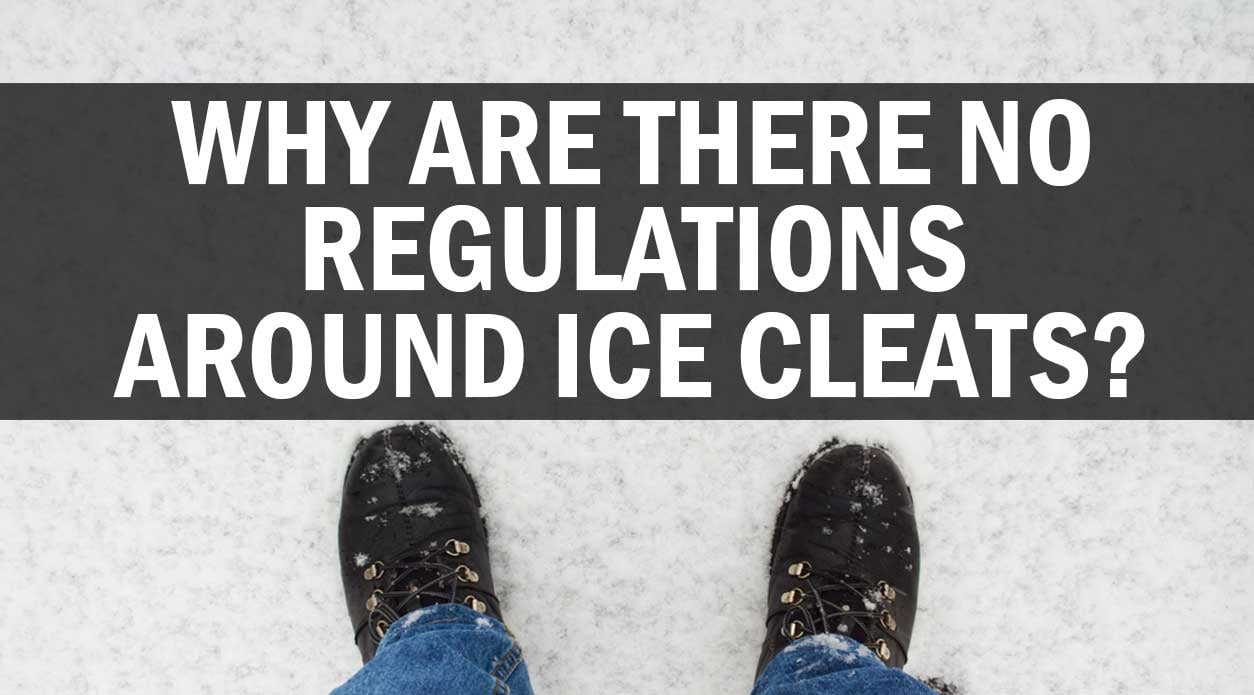
All of these factors make it difficult to create standards that would apply to all types of ice cleats and traction aids. As a safety professional, it's important to understand that the responsibility of determining what ice cleats are safe to wear falls on your shoulders. However, with so many different types of ice cleats available, it can be challenging to determine which ones are appropriate for your needs.
It's essential to keep in mind that not all ice cleats are created equal. Some are designed for walking the dog or shoveling the driveway, while others are intended for industrial job tasks. Without standards or regulations to guide you, it's up to you to determine which type of ice cleats are best suited for your specific needs.
At Winter Walking, we understand the challenges that safety professionals face when it comes to selecting the right ice cleats and traction aids. That's why we offer a wide range of products designed to meet the unique needs of different industries and job tasks. Whether you're looking for ice cleats for walking on slippery sidewalks or for working on icy job sites, we have the right product for you. Contact us today to learn more about our products and how we can help you keep your employees safe and productive during the winter season.
The simple answer is that there are simply too many variables when it comes to creating traction on ice and snow. No two icy or snowy surfaces are the same and there are a lot of fall risk factors.
• Some are pure ice.
• Some are intermittent ice.
• Some are black ice.
• Some are snow on top of ice.
• Some have ice on top of snow.
• Some are on inclines.
• Some are on declines.
OK, you get the picture. Creating anti-slip regulations, at least to this point, is just too challenging. The bigger question is: How does the absence of regulations affect you as a safety professional? Well, that’s where this gets really tricky. Like it or not, determining what ice cleats are safe to wear falls squarely on the shoulders of you, the safety professional.
Now, add in this factor – not all ice cleats are created equal!
• Some ice cleats are meant for walking the dog and shoveling the driveway.
• Some are meant for ice fishing.
• Some are disposable.
• Some – the ones YOU are looking for – are meant for industrial job tasks.
Don’t be fooled into thinking that any ice cleat will do with all fall risk factors. With no standards and no regulations defining the difference between the right traction aid and the wrong one, this responsibility falls on you.
The good news is that you don’t have to become an expert in ice cleats, because we already are. The first step to finding the right ice cleat is realizing how important your role is in the process and what your fall risk factors are. Once you understand that we are here to help.
Thank you for reading. If you found value in this post, please consider sharing it with your LinkedIn network or simply “like” it.
Jordan Bell is the President of Winter Walking. He has been helping organizations across a wide variety of business sectors prevent workplace slips and falls in ice and snow for over 20 years. Winter Walking currently helps some of the world’s largest organizations keep their employees both safer and more productive while working outdoors in the winter season. Contact jordan@winterwalking.com or visit www.winterwalking.com.


